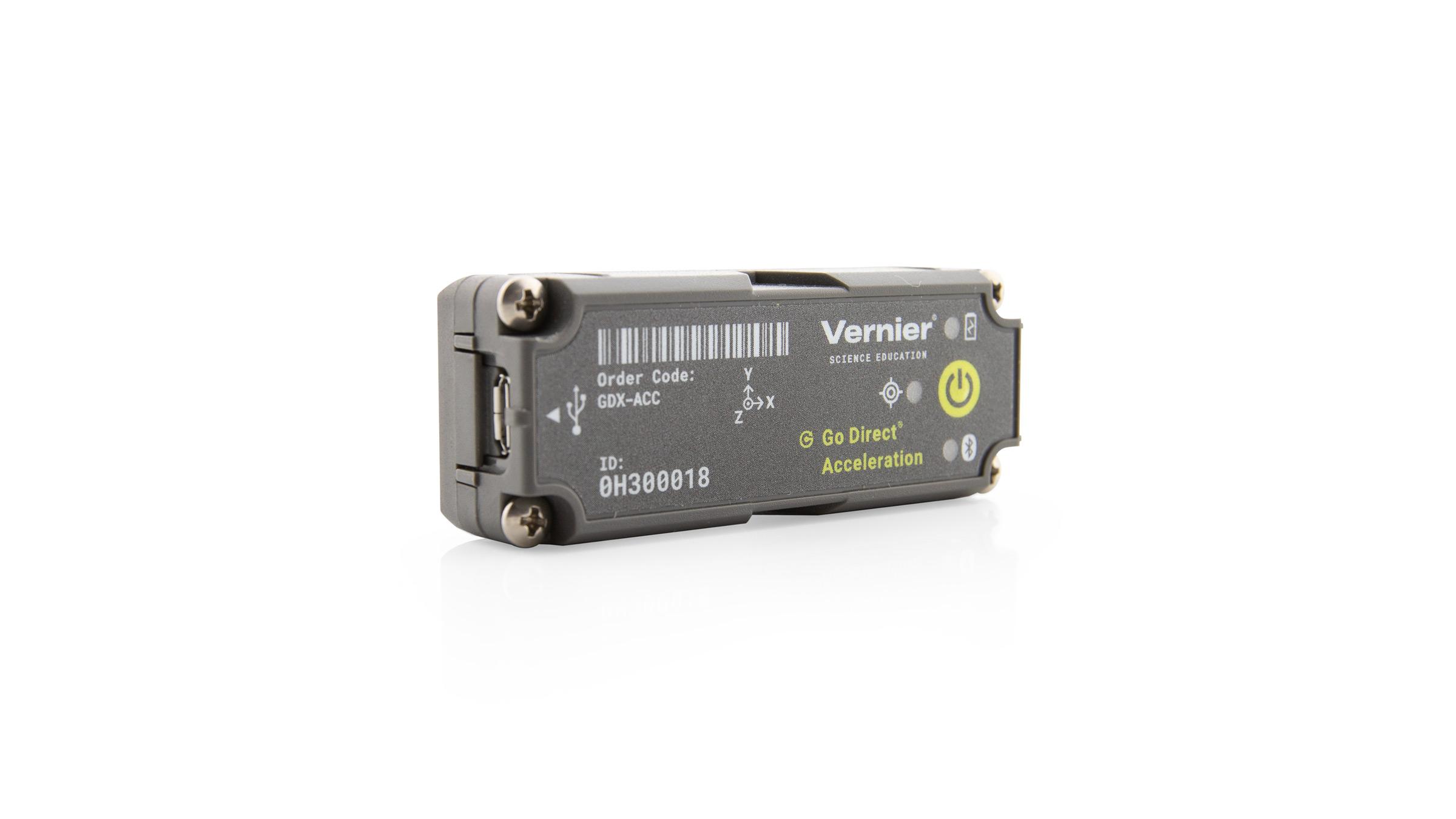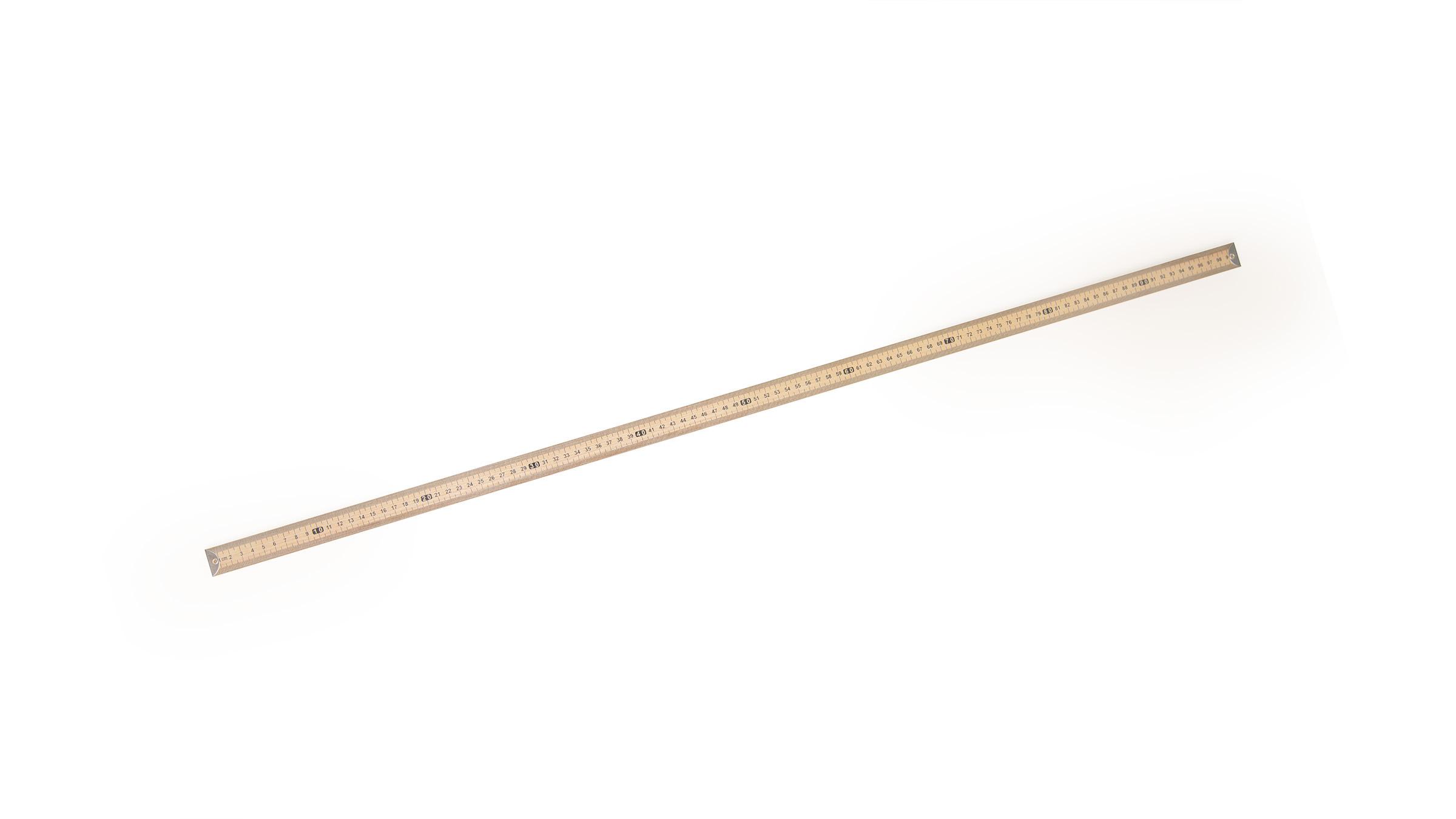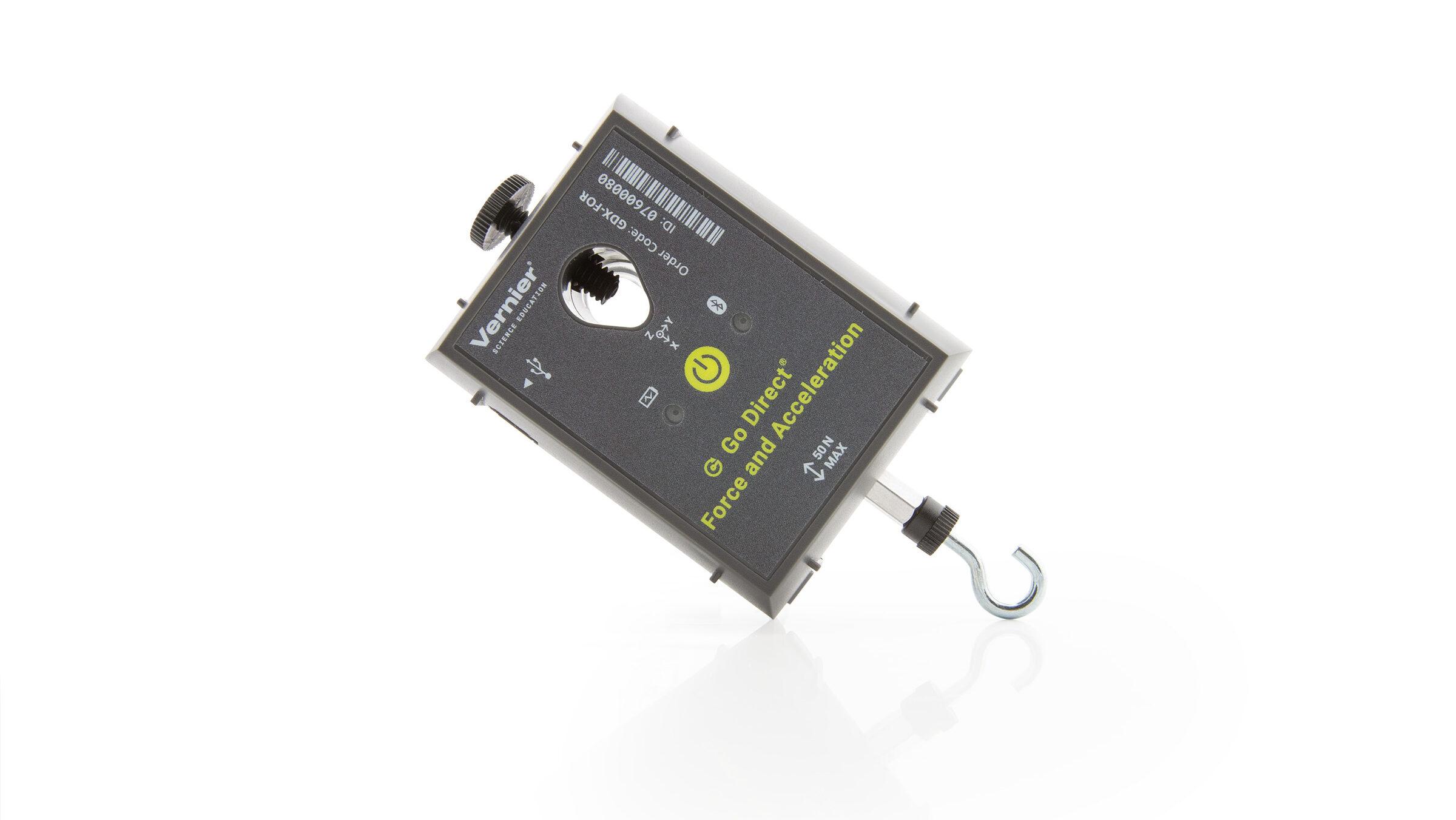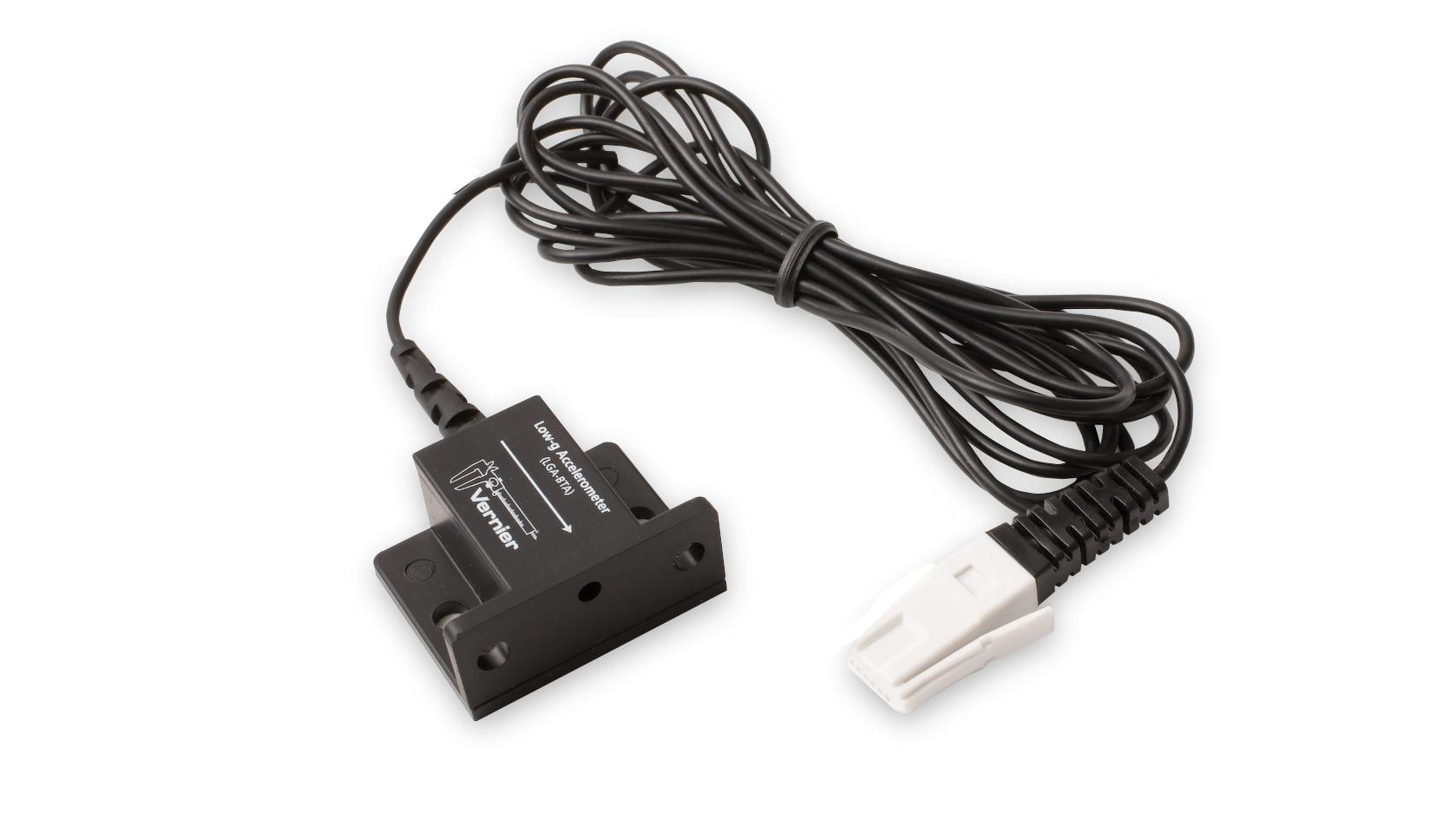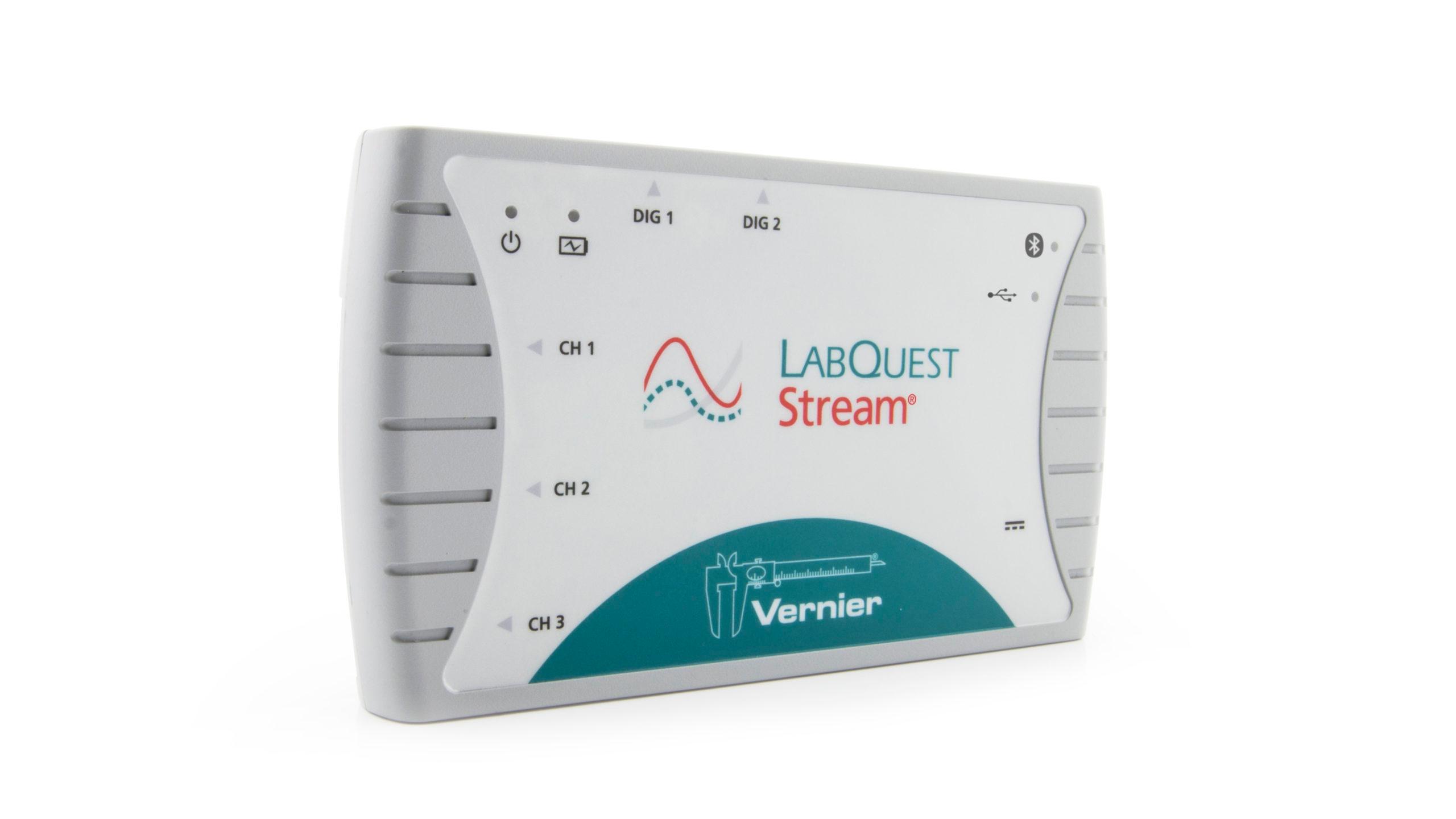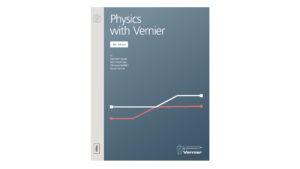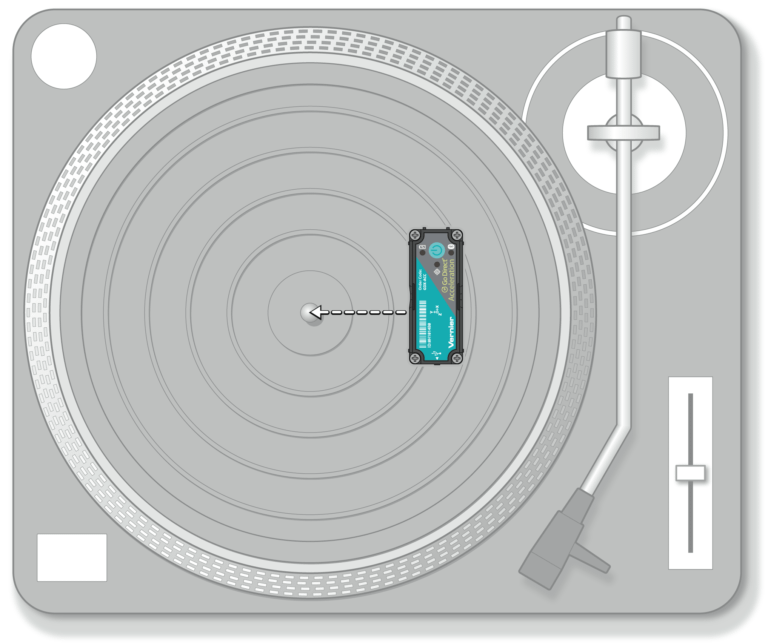
Introduction
As a child, you may remember the challenge of spinning a playground merry-go-round so you could scare the unfortunate riders as they traveled around a circular path. You worked especially hard to push the merry-go-round to increase its angular velocity. As the angular velocity of the riders increased, so did their centripetal acceleration. The challenge for the riders was to compete with the centripetal acceleration to maintain their grip—and their stomachs. The faster the merry-go-round was spun, the more difficult it became to stay on the ride. It may have disappointed you when the riders cheated and moved toward the center of the merry-go-round to reduce the acceleration. In this activity, you will investigate centripetal acceleration on a turntable. You will use a Low-g Accelerometer or Wireless Dynamics Sensor System (WDSS) attached to the turntable to determine the relationship between centripetal acceleration, angular velocity, and the radius of the circular path.
Objectives
- Measure centripetal acceleration on a record turntable.
- Determine the relationship between centripetal acceleration, radius, and angular velocity.
- Determine the direction of centripetal acceleration.
Sensors and Equipment
This experiment features the following sensors and equipment. Additional equipment may be required.
Correlations
Teaching to an educational standard? This experiment supports the standards below.
- International Baccalaureate (IB)/Physics
- 6.1 Circular motion
- B.1 Rigid bodies and rotational dynamics
Ready to Experiment?
Ask an Expert
Get answers to your questions about how to teach this experiment with our support team.
- Call toll-free: 888-837-6437
- Chat with Us
- Email support@vernier.com
Purchase the Lab Book
This experiment is #20 of Physics with Vernier. The experiment in the book includes student instructions as well as instructor information for set up, helpful hints, and sample graphs and data.

